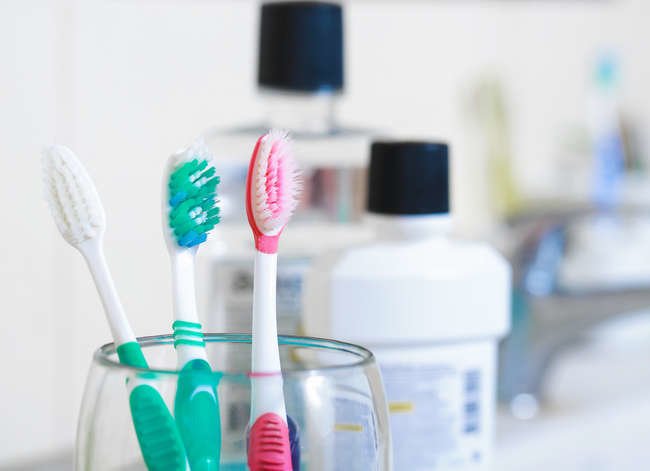

We may earn revenue from the products available on this page and participate in affiliate programs. Learn More ›
Home Advice You Can Trust
Tips, tricks & ideas for a better home and yard, delivered to your inbox daily.
Under the Sink
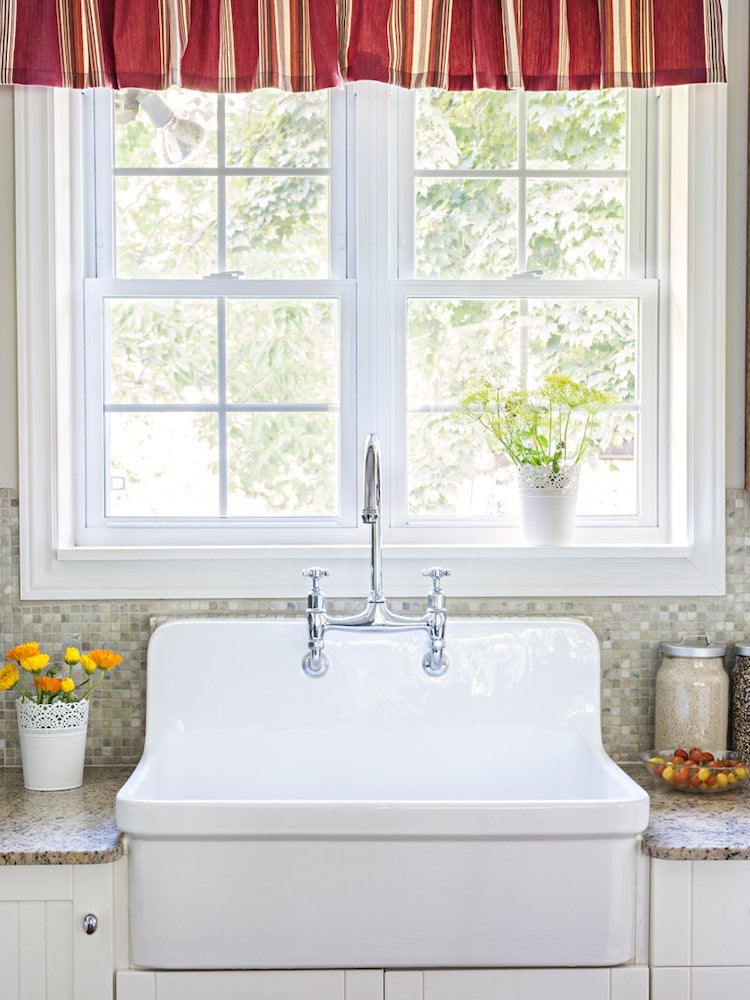
Mold thrives in a warm, moist, and dark environment—like the one found under most kitchen and bathroom sinks. Check these areas for condensation or plumbing leaks, and wipe down the interior of the cabinet under the sink with a bleach- or hydrogen peroxide-based cleaning solution to prevent mold from spreading.
Inside the Toothbrush Holder
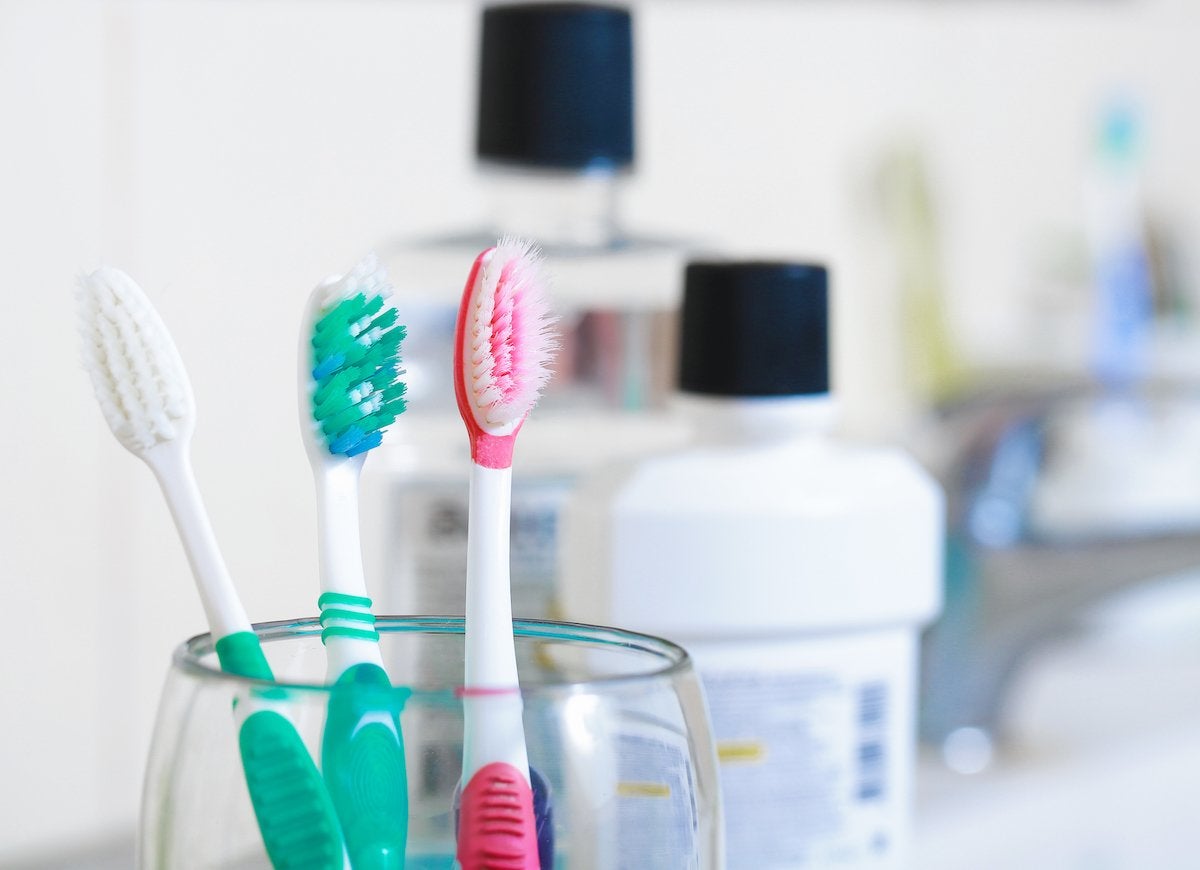
A glass or ceramic container next the bathroom sink is a convenient spot to store a toothbrush. It’s also, however, a perfect habitat for mold, which thrives on the water that drips from the toothbrush into the container. To prevent mold from growing, rinse and dry the interior of your toothbrush caddy on a regular basis. While you’re at it, wash the soap dish, including the underside, as well!
In Your Filing Cabinets
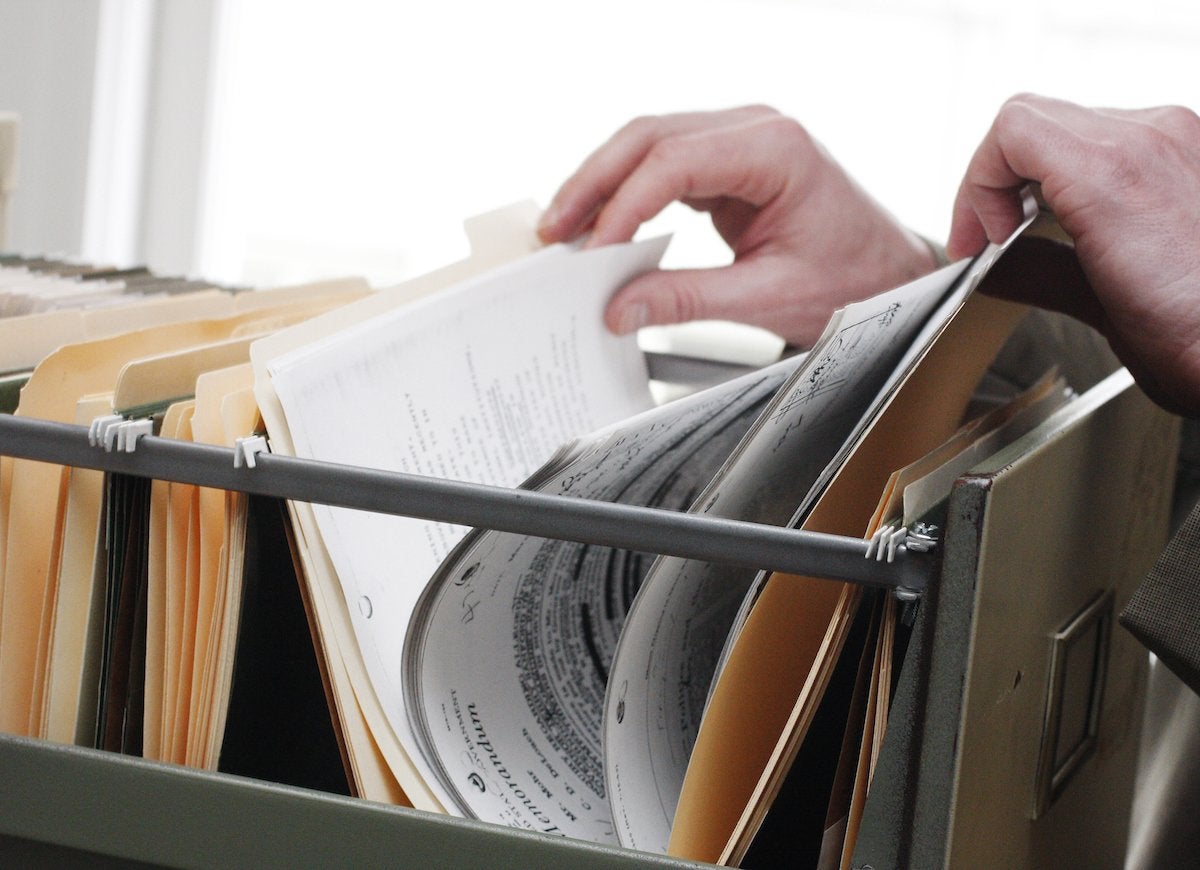
Paper is constructed from wood pulp, which is an organic feast for mold spores. If your home experiences water damage or high humidity, then your paper files could become damp, putting them at risk of a mold feeding frenzy. Once paper has been contaminated with mold, it can be difficult or impossible to stop permanent damage to your files, so the best option is prevention. Be careful about storing things in damp boxes, attics, or basements, and consider running a dehumidifier in your home office during the muggiest months of the year.
On (or in) Toys
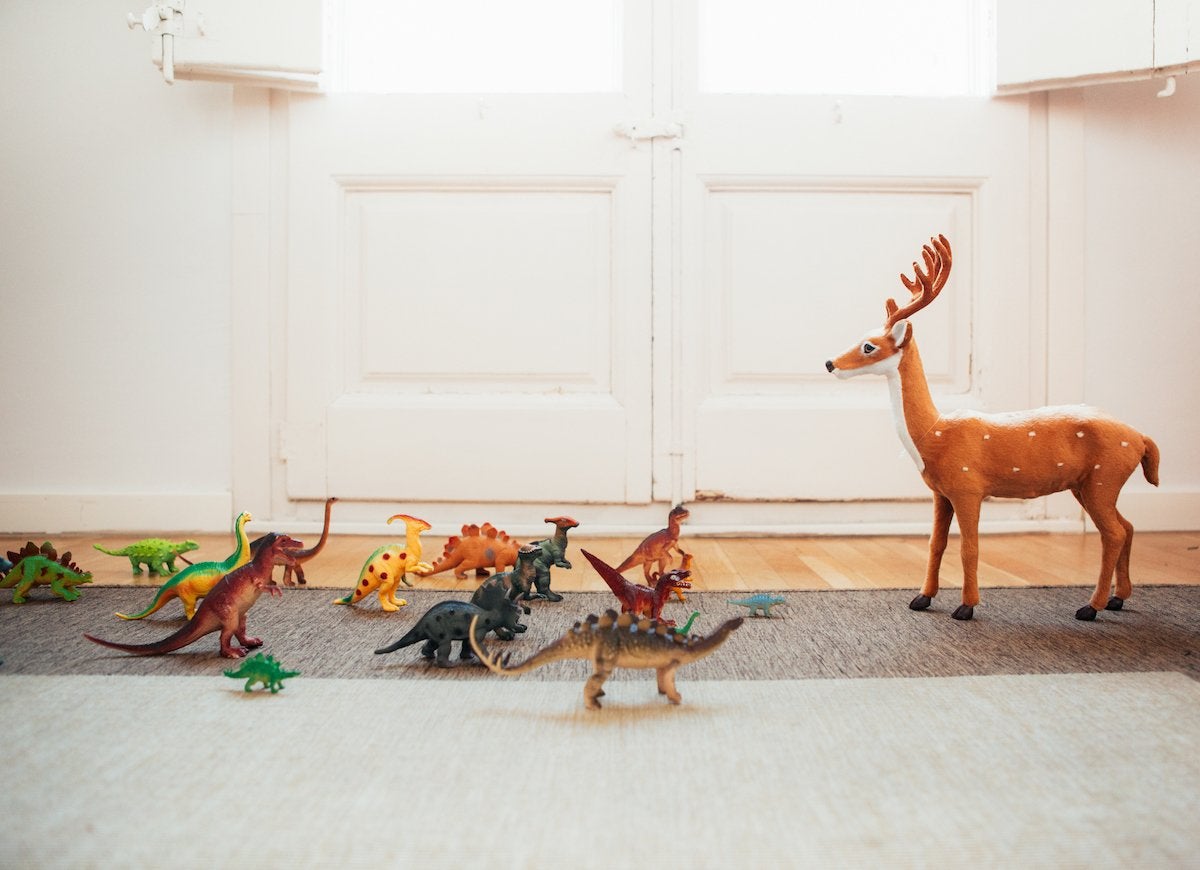
Small children put everything in their mouths, and their toys can get pretty slobbery and dirty. Even hard latex toys can accumulate bacteria and moisture, making them ripe for mold growth. A regular trip through the dishwasher or washing machine should keep mold at bay.
On Appliance Seals and Drip Pans
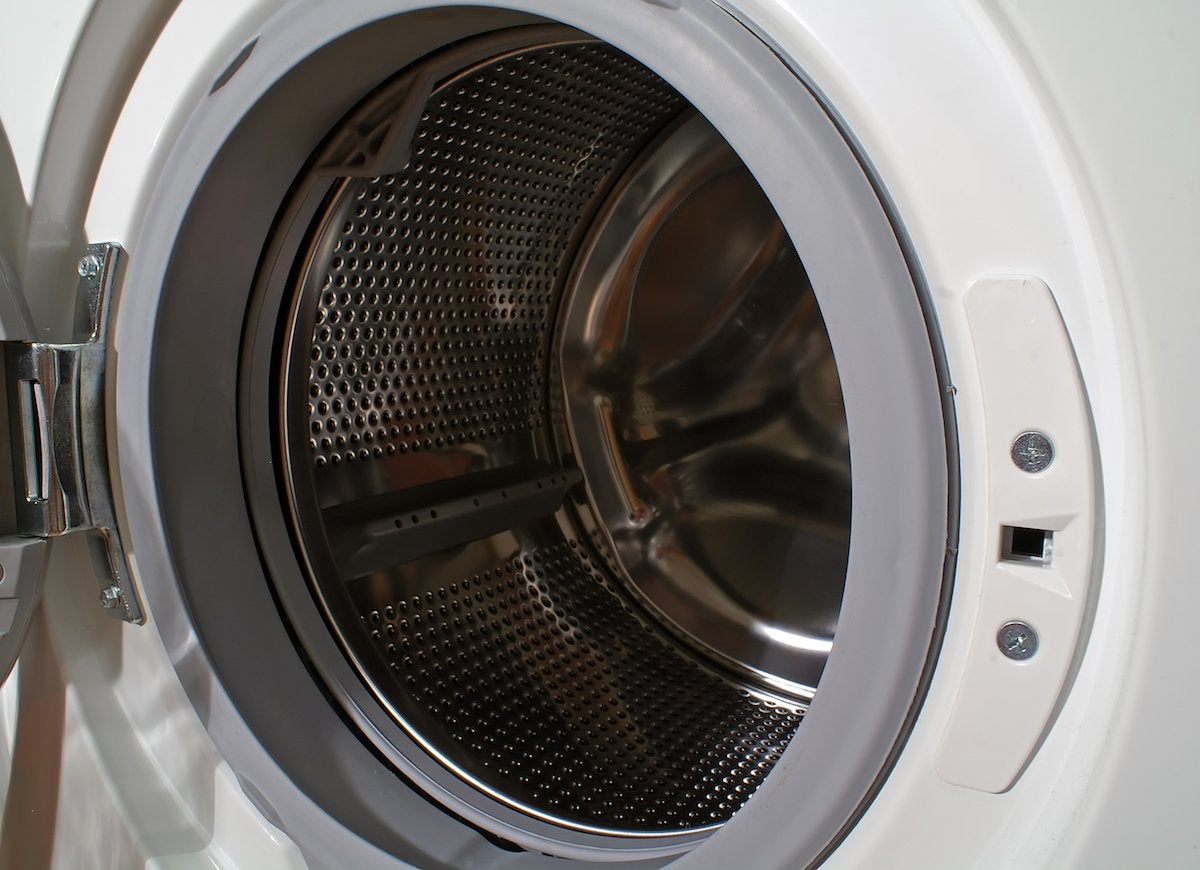
The seals, coils, and drip pans on many common household appliances, from refrigerators to washing machines, retain moisture—and where there’s moisture, there can be mold! Add these hidden spots to your regular cleaning routine to prevent mold from gaining a foothold.
On (or Under) Floor Mats
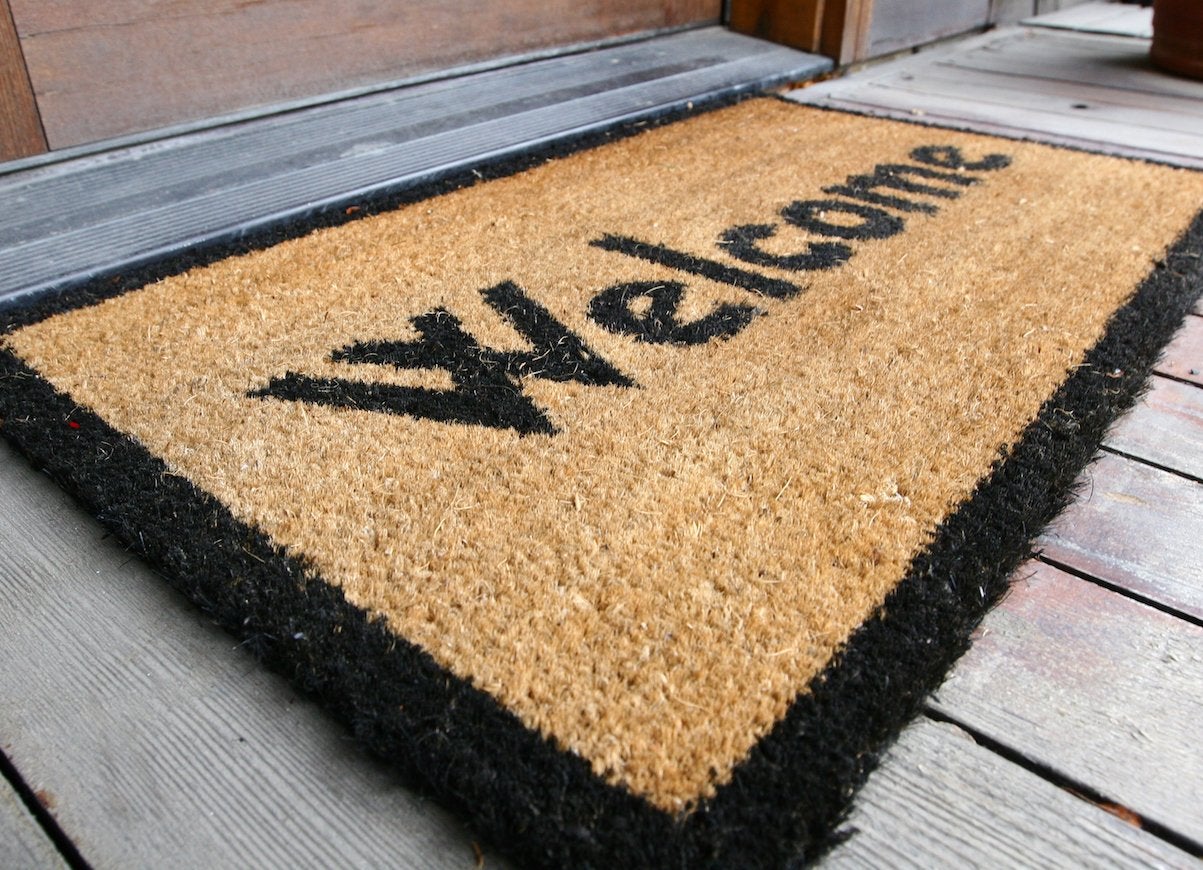
The ubiquitous doormat is great for scraping mud, grass, or snow off your shoes, but daily use traps moisture in and under the mat, creating a hospitable environment for mold spores to grow. To combat the spread of mold, rinse your mats regularly and remove them from the doorstep to give them (and the floor below them) a chance to dry.
On Carpets and Upholstery

Drapes, upholstery, and wall-to-wall carpeting trap a lot of dust, dirt, and skin cells, which are all food for mold spores. Add in a spill or plumbing leak, and you have the perfect breeding ground for mold. Minimize your risk of infestation by vacuuming regularly, washing with mold-inhibiting cleaning solutions, and drying carpets or upholstery thoroughly after a spill.
Beneath Wallpaper and Drywall
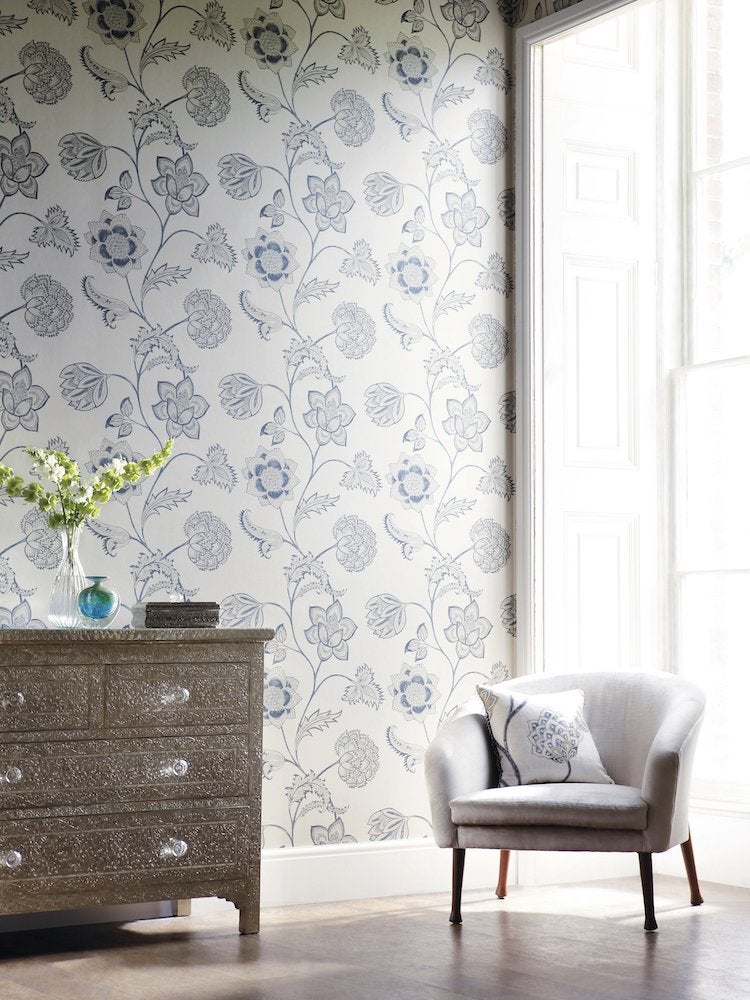
Just because you can’t see it, doesn’t mean it isn’t there. Mold can hide behind wallpaper, under paneling, or even on the back side of wallboard. Make sure to regularly wipe down your walls and check the seams between ceilings and floors for any signs of mold. Before installing new wallpaper or drywall, prime the area with a mold-inhibiting paint to prevent any problems down the line.
On Plumbing and Ductwork
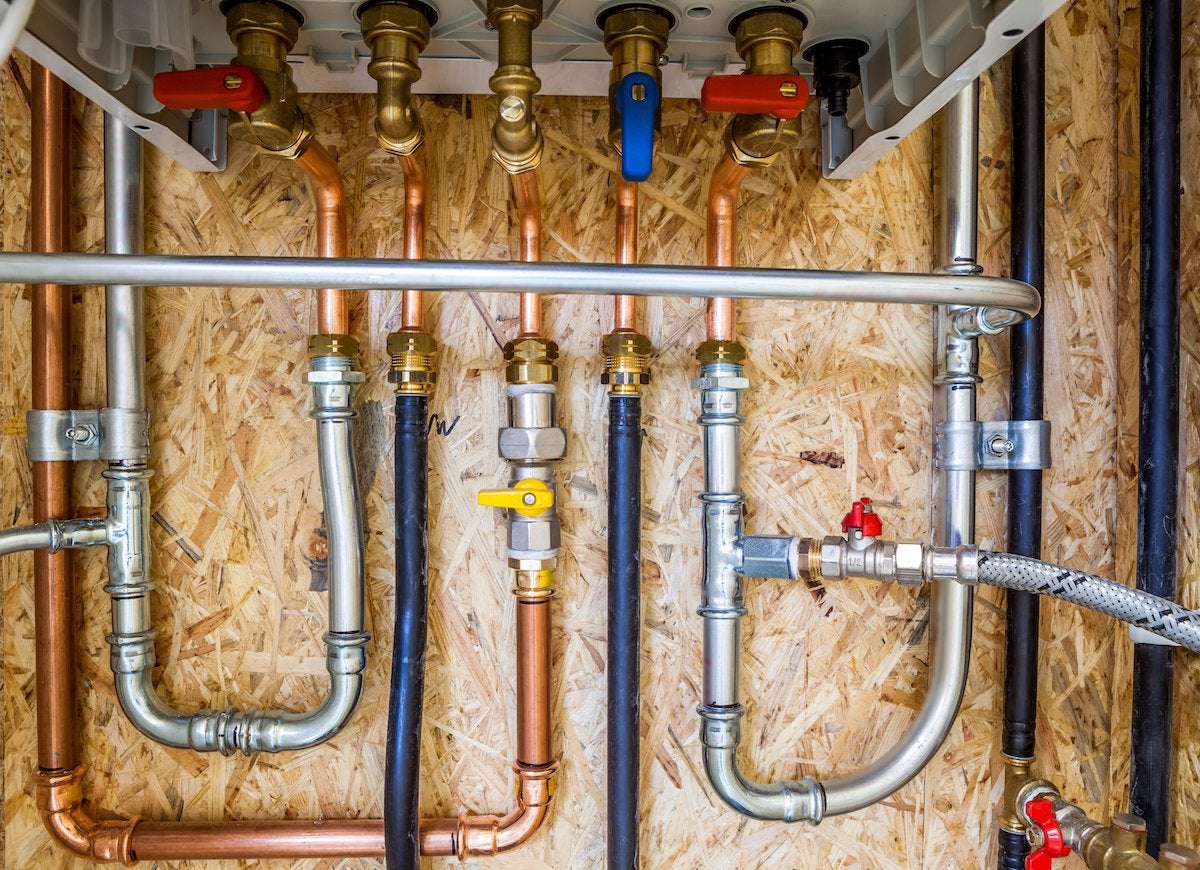
Pipes and ductwork can experience excessive moisture, especially in homes with average humidity levels of 60 percent or higher. To prevent mold growth on plumbing and ductwork, reduce indoor humidity levels to between 30 and 50 percent by weatherizing your home, fixing leaks, and running a dehumidifier. You can also consider installing an ultraviolet lighting system that will destroy mold spores as air passes through the ducts.
Around Boilers and Water Heaters
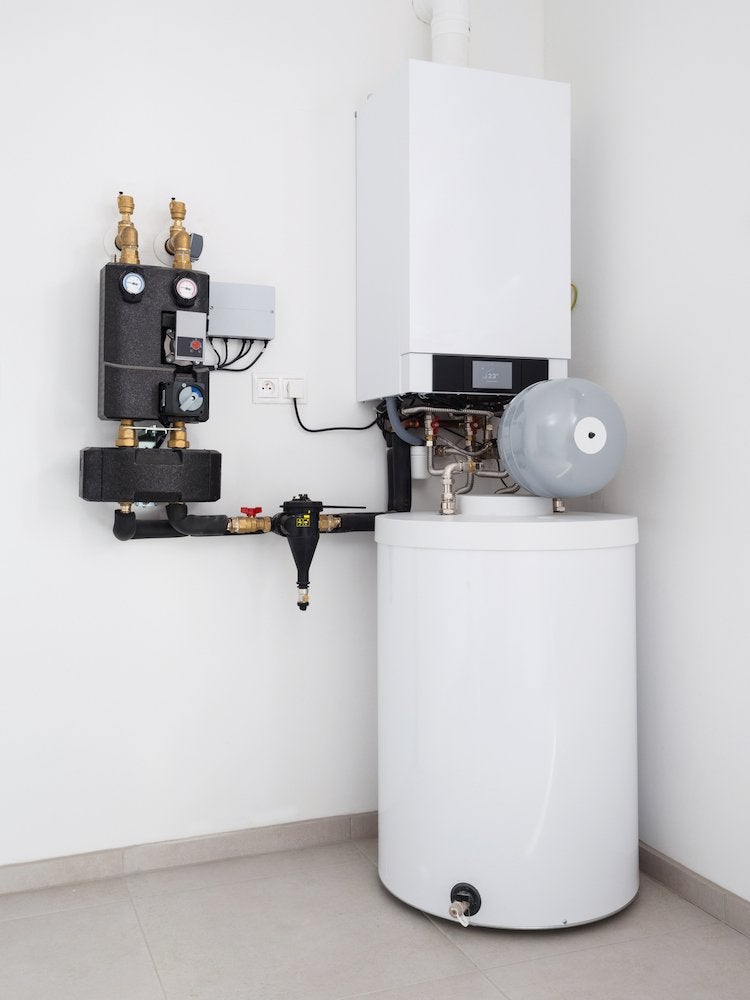
Boilers and water heaters typically have drains to remove the excess moisture and condensation that builds up in the course of normal operation. Unfortunately, these drains can become clogged or rusted, preventing liquid from being properly removed and encouraging mold growth on the walls, floors, even the air, around the malfunctioning unit. Inspect and clean your HVAC units drains regularly to ensure that they are working properly and consider running a dehumidifier in rooms where moisture tends to collect.
Ceiling Tiles
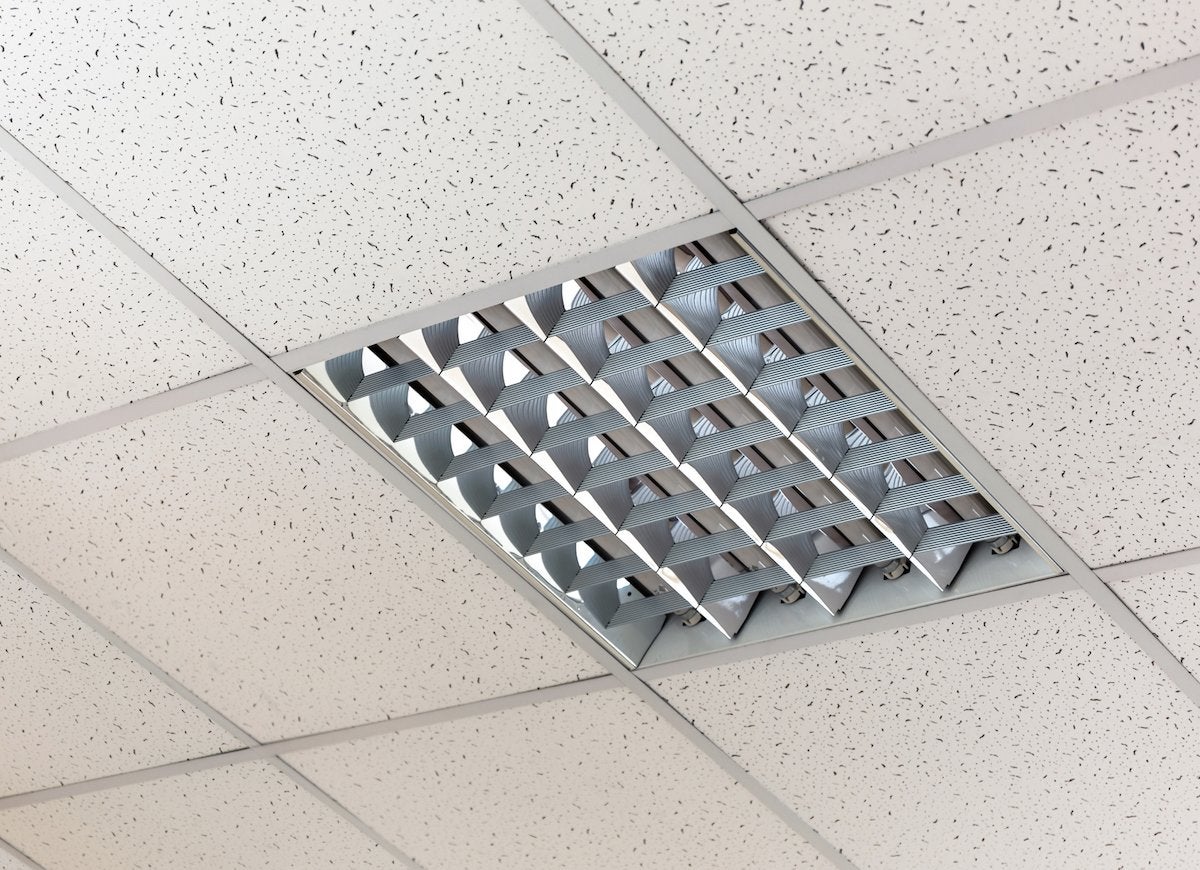
Because pipes and ducts often run through the space above a dropped ceiling, this area is a magnet for moisture, dust, and mold. Tiles located around your HVAC vents are particularly susceptible to mold because warm, moist air is constantly circulating there. Inspect your ceiling tiles regularly to spot problems before they spread.
On Your Dishes
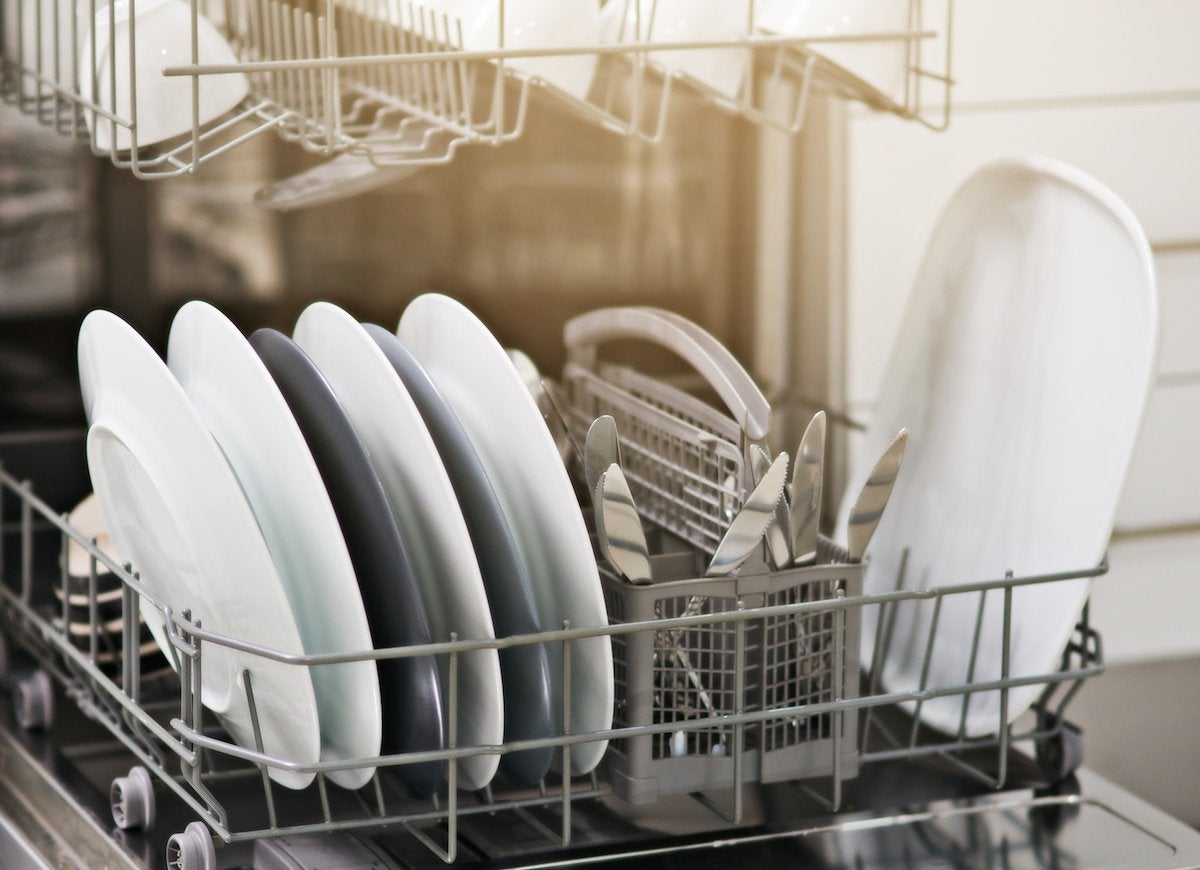
Everyone wants to save time and money, so it can be tempting to skip the dry cycle on the dishwasher to speed up dish duty and slash your energy bills. Just know that if you skip drying, you could be inviting mold into your kitchen. Dishes need to be thoroughly dry before you stack them in the cupboard, so if your dishwasher doesn’t do the drying, you need to do it manually with a dish towel. Otherwise, you might find mold growing in between those stacked plates.
In Potted Plants
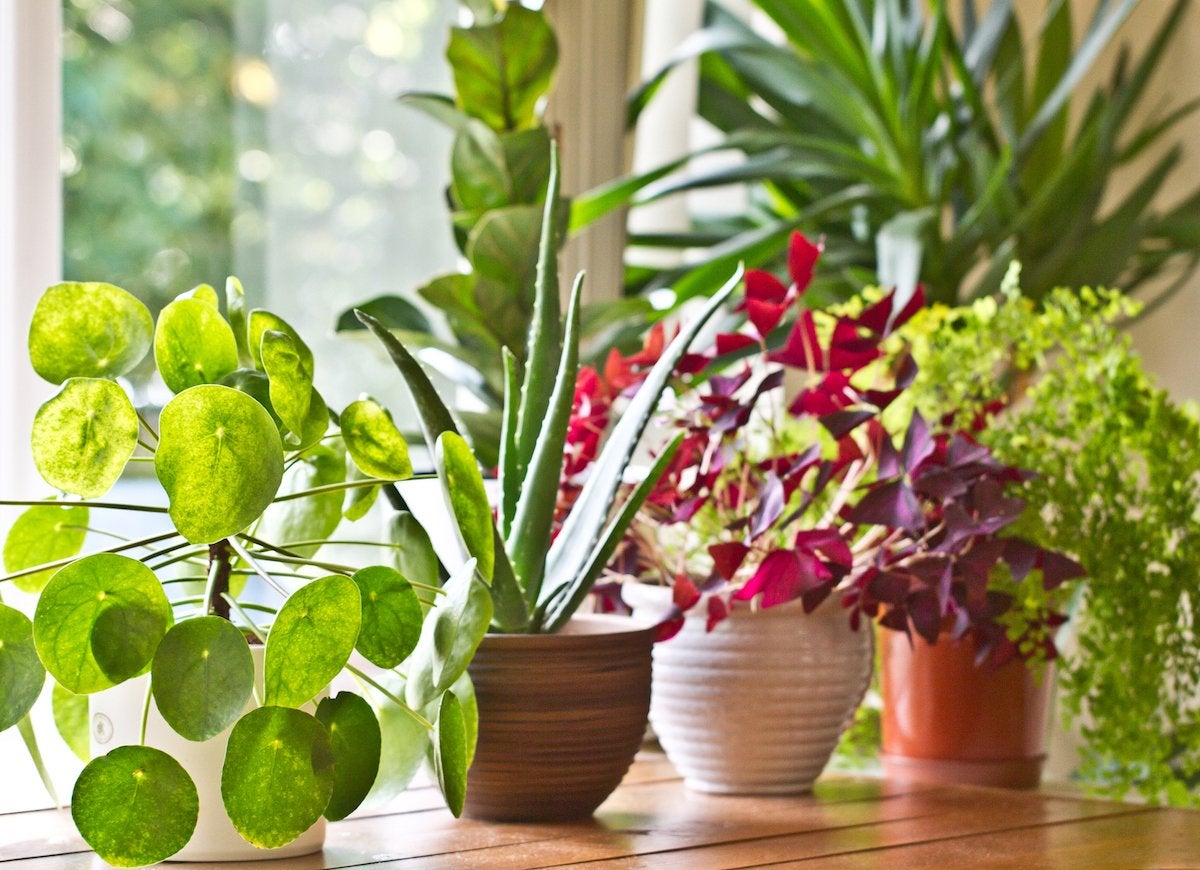
Over-watering will not only give your indoor plants root rot and drastically shorten their lifespan, but the excess moisture can also cause mold to grow on the surface of the soil and on the pots themselves. So, don’t overdo it with the watering can.
In Your Car
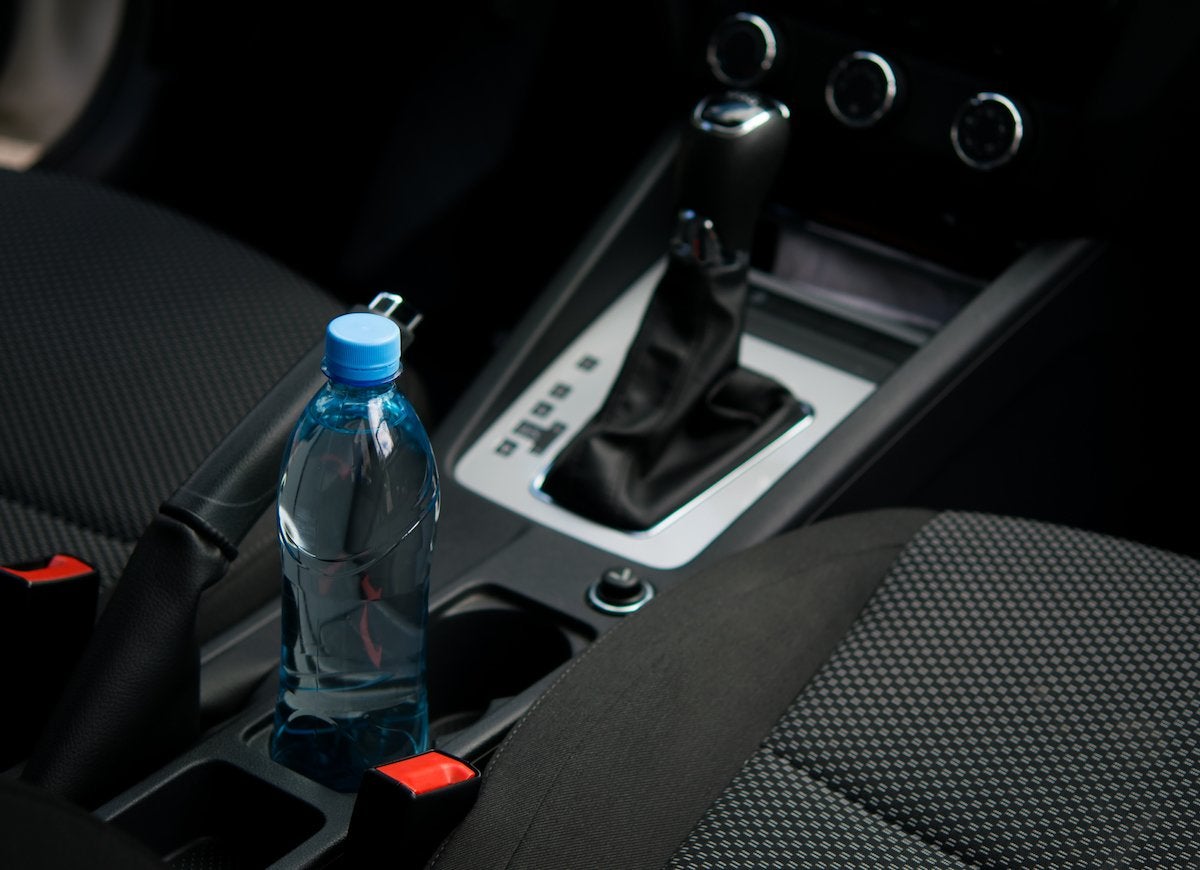
Just as in your home, the carpeting, upholstery, and floor mats in your car can trap moisture and dirt, creating the perfect conditions for mold growth. To keep out moisture and mold spores, don’t leave your car windows or sunroof open for long periods of time, and to prevent mold growth, keep your car interior dry and clean.
Mold Mistakes
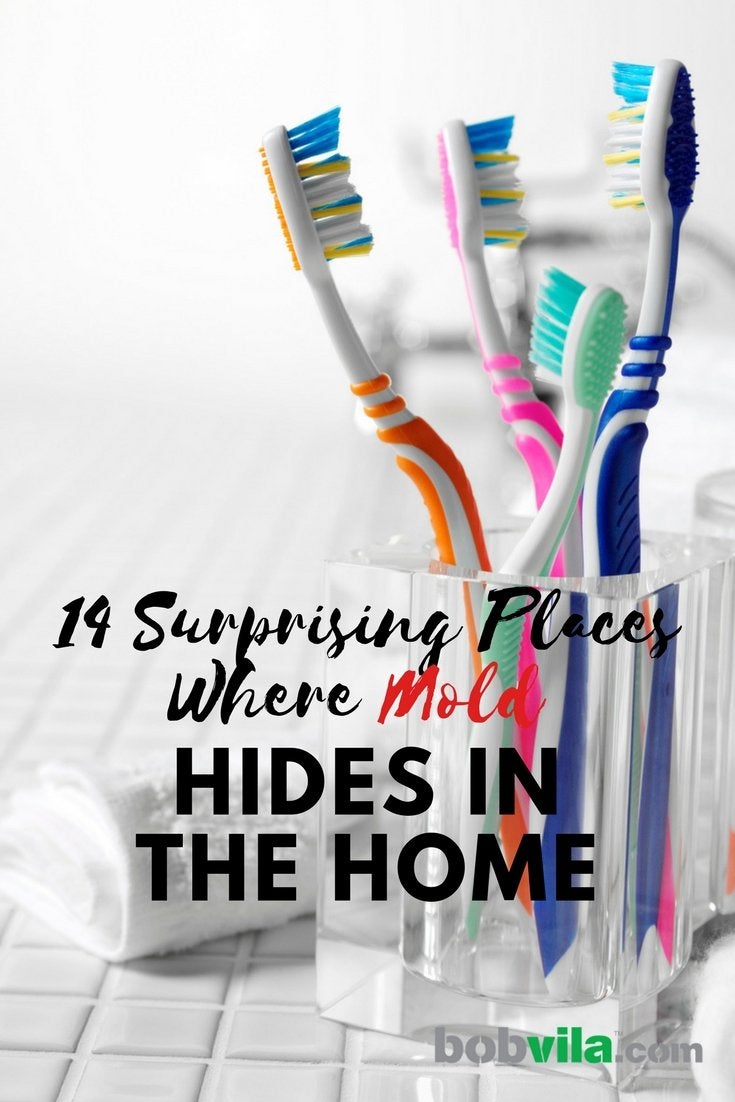
As you can now tell, mold will live wherever it can find dark, damp places. It’s up to you to mop up wet spots and thoroughly clean nooks and crannies around your home to prevent it from feeling welcomed.

Meet the 2025 Tools of the Year
After months of scouring the market and putting products through their paces, we’ve named the best of the best in new tools. There’s something for everyone, from veteran pros to average Joes.